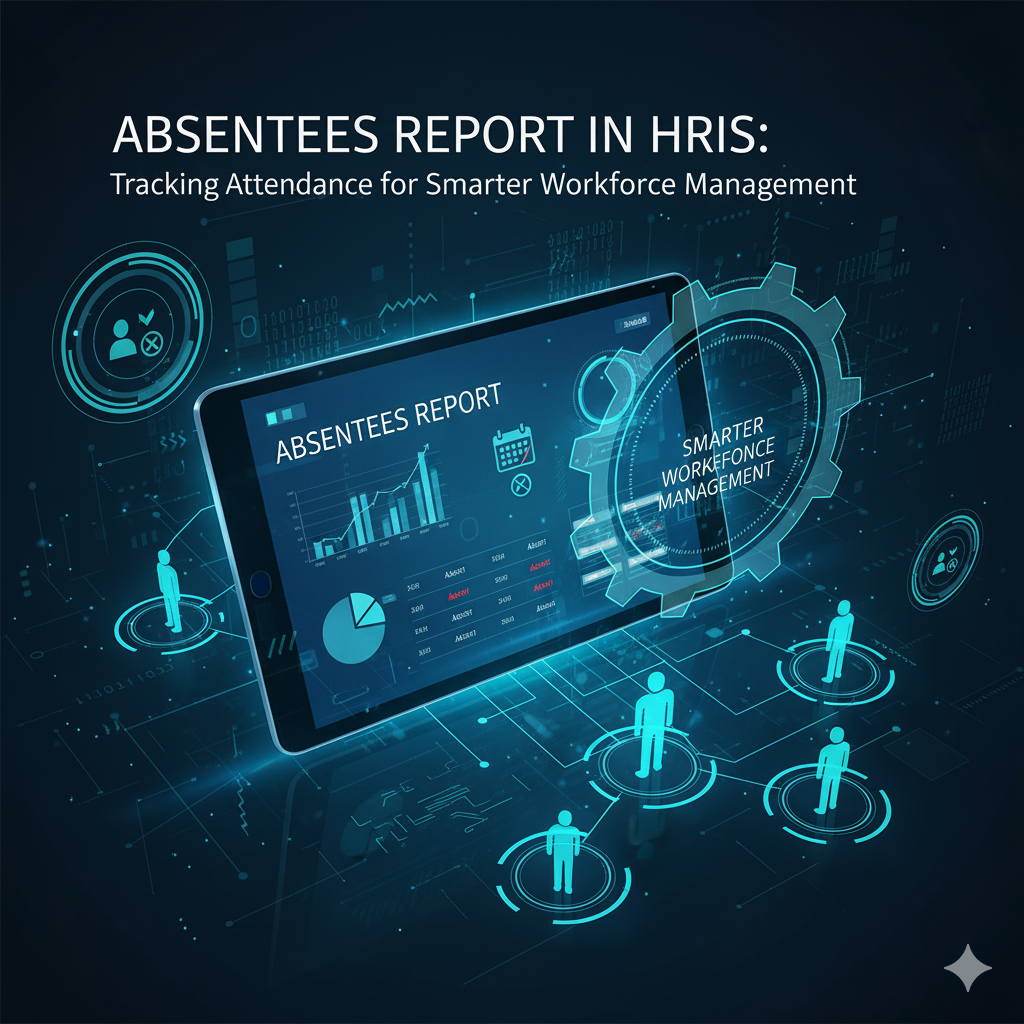Address
Kaypian, San Jose Del Monte City, Bulacan Philippines
Work Hours
Monday to Friday: 8AM - 6PM
Weekend: 10AM - 5PM
Address
Kaypian, San Jose Del Monte City, Bulacan Philippines
Work Hours
Monday to Friday: 8AM - 6PM
Weekend: 10AM - 5PM


Integrated HR. Accurate Payroll.


Integrated HR. Accurate Payroll.

Employee absenteeism can significantly affect productivity, payroll accuracy, and overall business performance. For HR managers and business owners, having clear and actionable attendance data is crucial to maintaining operational efficiency. This is where the Absentees Report in your HRIS (Human Resource Information System) becomes an indispensable tool.
In this article, we’ll explore what an absentees report is, why it matters, and how you can use it to make smarter workforce decisions and reduce absenteeism in your organization.
An Absentees Report is a detailed record of all employees who were absent on a specific date or within a given time frame. It provides HR teams with a quick snapshot of attendance trends, helping them track who was absent, how often, and why.
Modern HRIS platforms automatically generate absentees reports using timekeeping data, eliminating the need for manual attendance monitoring.
With an absentees report, HR can easily monitor employee attendance patterns, spot trends, and take action before absenteeism becomes a problem.
Accurate attendance data ensures correct salary computation, overtime pay, and leave deductions — preventing payroll disputes.
By identifying frequent absentees, managers can investigate root causes and implement solutions such as schedule adjustments, wellness programs, or engagement initiatives.
In the Philippines, proper attendance tracking is crucial for accurate government-mandated reporting (SSS, PhilHealth, Pag-IBIG, and BIR). Automated absentees reporting ensures compliance with labor laws.
Absentee data can guide HR policies, training schedules, and staffing plans — allowing businesses to stay fully staffed during peak demand periods.
When choosing an HRIS with absentees reporting, look for features like:
The Absentees Report in an HRIS system is more than just a list of absent employees — it’s a powerful tool for improving attendance, optimizing payroll, and making smarter HR decisions. By leveraging this report, businesses and LGUs can minimize productivity loss, improve workforce planning, and maintain compliance with labor regulations.
If you’re still tracking absences manually, consider upgrading to an HRIS & Payroll System with automated absentees reporting. It’s an investment that leads to better transparency, fewer errors, and a more engaged workforce.